It's the defending champion's match to lose now. After tying the match in round 3, GM Ju Wenjun survived a dangerous position the next day against challenger GM Tan Zhongyi, entering the second rest day with a 2–2 tie and lots of chess left to be played.
When play resumed on Wednesday, however, it was all Ju. After back-to-back wins, Ju leads 4–2 headed into the two-day break as the match moves from Shanghai to Chongqing.
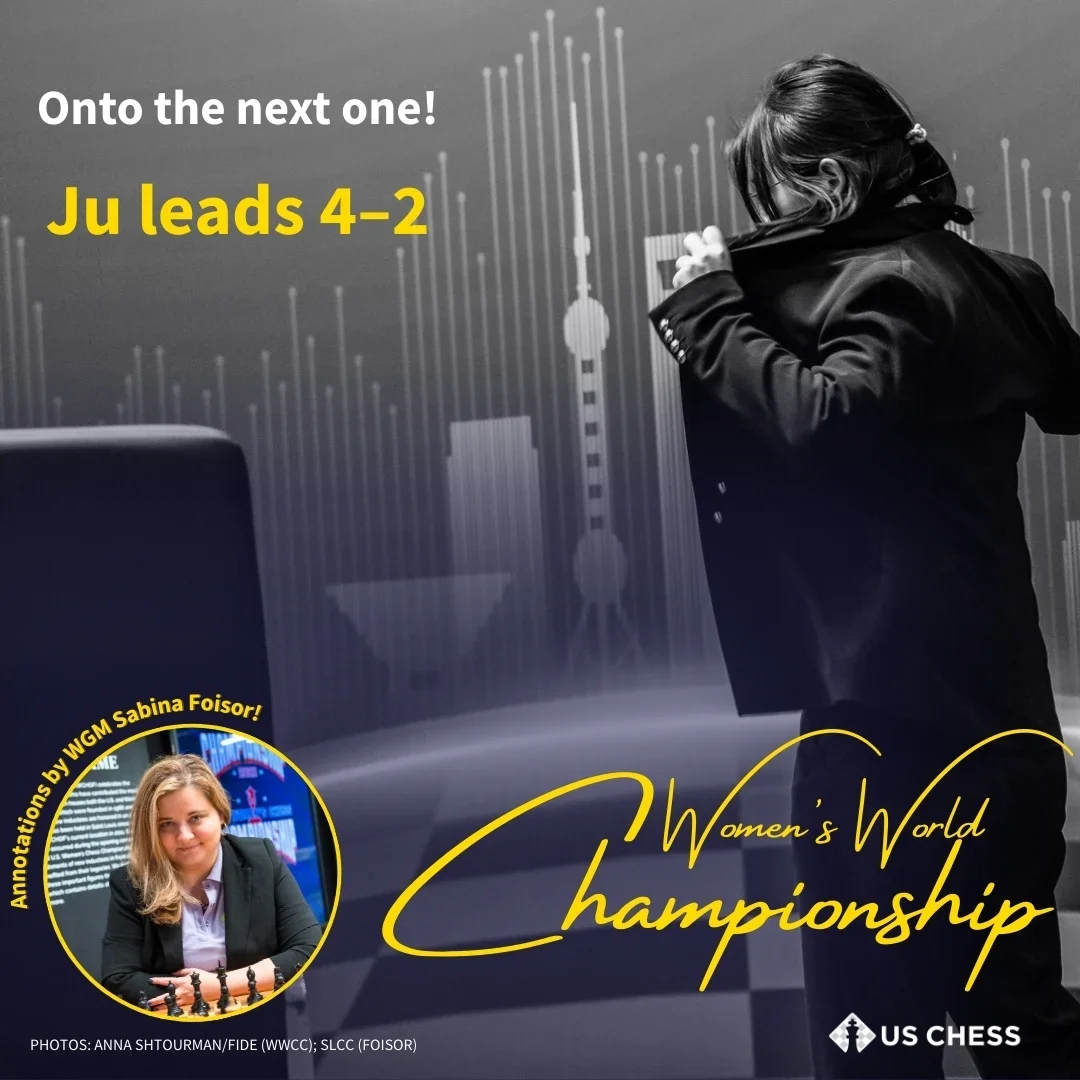
Both of Ju's victories were instructive not only for her high quality of play but also for the types of errors that Tan made. One of the biggest challenges we face as chess players is how to navigate the tension between what we know (or think we know) and what we're seeing on the board in front of us. Both of today's lessons address this theme by demonstrating the importance of applying our knowledge correctly when faced with new positions.
Lesson 1: Know when to leave your "home analysis" at home!
In round 5, it seems that Ju was able to come up with a creative novelty over the board that took Tan out of her prep.
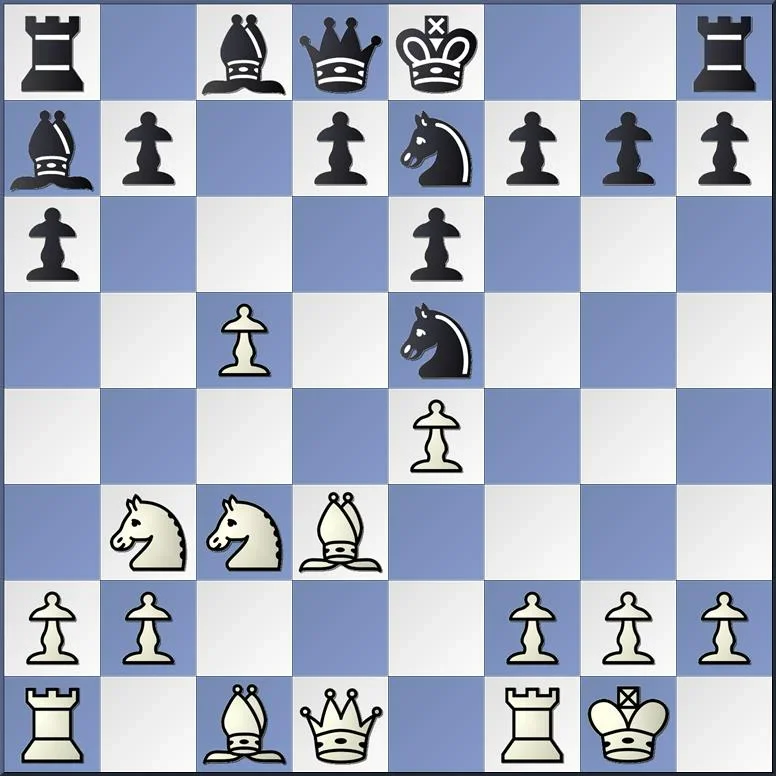
Tan failed to adjust to this change. Instead, her next few moves saw her following the main plan from her preparation (most likely) instead of trying to assess the issues in the position. Check out the following position after 11.Be2 . If you were Black, how would you try to solve the issue of the Ba7?

In the game Tan continued with 11. ... b5 which was erroneous, leading to a much worse position. In my annotations, I suggested the natural 11. ... b6 as an alternative. The c5-pawn currently "entombs" Black's dark-squared bishop. Why not undermine such an obnoxious pawn as quickly as possible? As she likely had not looked at positions with c4-c5 in her preparation, this idea of undermining the c5-pawn was not front-of-mind, so she stuck to her main plans from her prep instead.
A few moves later Ju was able to capitalize on her opponent's wrong choice of plan but like many of us would have, responded with an automatic move.
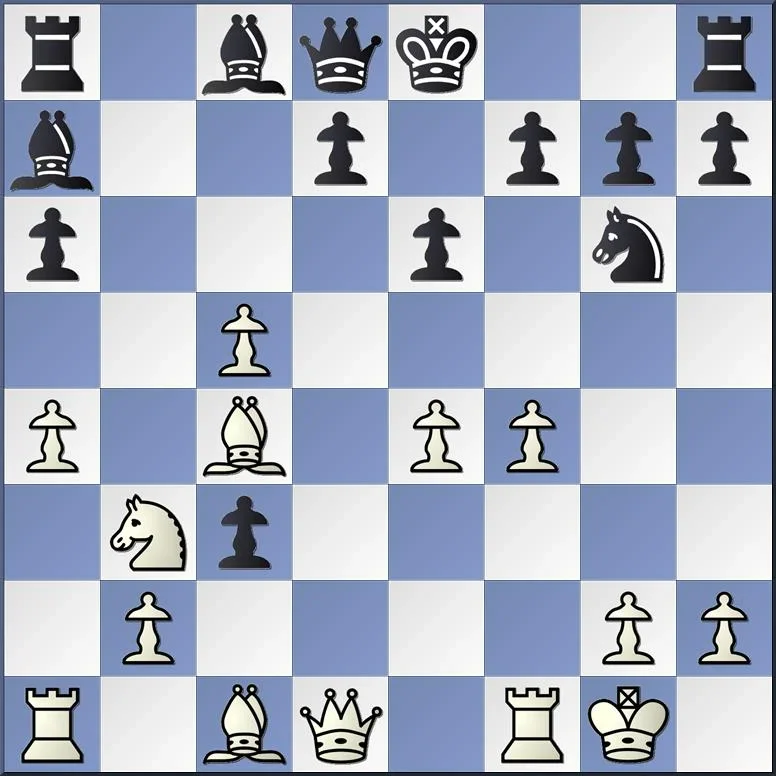
With the instinctive recapture of 15. bxc3, it turns out Ju missed out on a huge advantage after the intermediate 15. Qd4. It is more important for White to have better-placed pieces rather than remaining up a (doubled) pawn. Besides, it turns out this extra pawn could have been recaptured by Black eventually after good play. We discussed the dangers of such "automatic moves" in our last article. Ju missed this Qd4 idea a move later, as well, allowing Tan to equalize. Unfortunately for Tan, in the following position she missed a beautiful idea I found when writing my annotations. Could you find Black's equalizing blow?

The correct move is 18...e5!, which is a beautiful move that stops White's attack. From here, Black would have more time to focus on the queenside as Black needs to recoup the lost pawn and activate her bishops.
Much like the reason why 10. ... b6 was superior to Tan's 10. ... b5, you'll note that this structural transformation with ... e6-e5 was urgent because of Black's need to solve problems on the queenside that arose from the same 10. c5 move. In other words, this is probably not a plan that was central to Tan's preparation, as she was focusing on lines without an early c4-c5 included.
Lesson 2: Double-check your principles in practice
Round 6 showed a slightly unconfident Tan, as she avoided following the same move order that gave her a relatively good position out of the opening in round 4. She seemed to be a bit too cautious and left her knight on the rim for a bit too long. Later in the game, when she had the opportunity to improve her knight, she failed to do so as well. I found this especially surprising considering that Tan is, usually, such a principled and objective player.
Most likely, Tan had decided she needed a win to equalize the match before the two-day break. The position on the board did not justify such risky play, however. If you were White, what would you play?
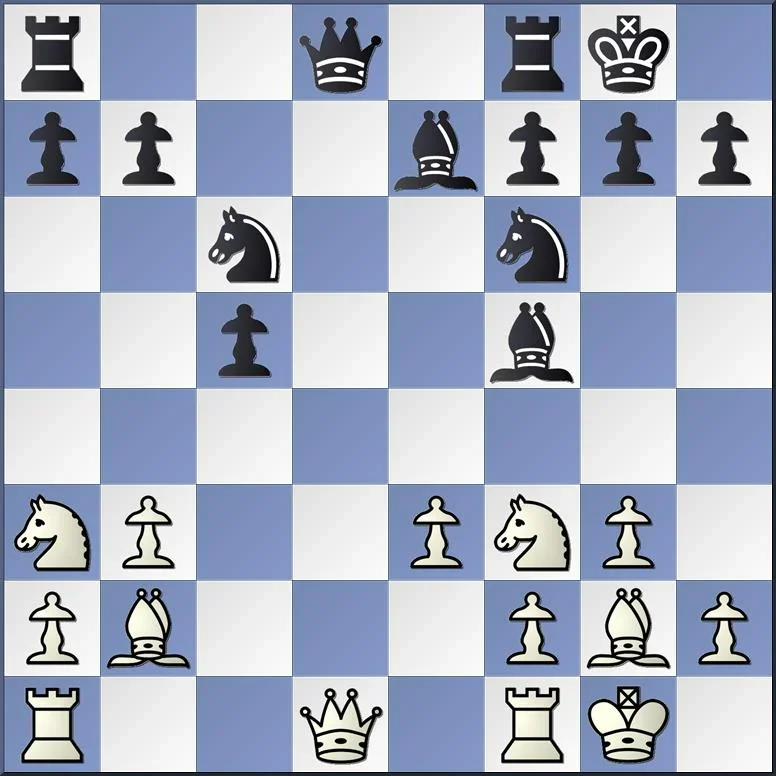
Here, 12. Nc4 was necessary! But, instead, Tan left her a3-knight on the rim, playing 12. Ne5. This is an attempt to be sharp and confrontational, suggesting Tan's desire to get winning chances. But should such a desire outweigh the need to follow the principles and improve our pieces before attacking?
In the following position Ju had the opportunity to solidify her advantage in a couple of ways. What would you play as Black here?
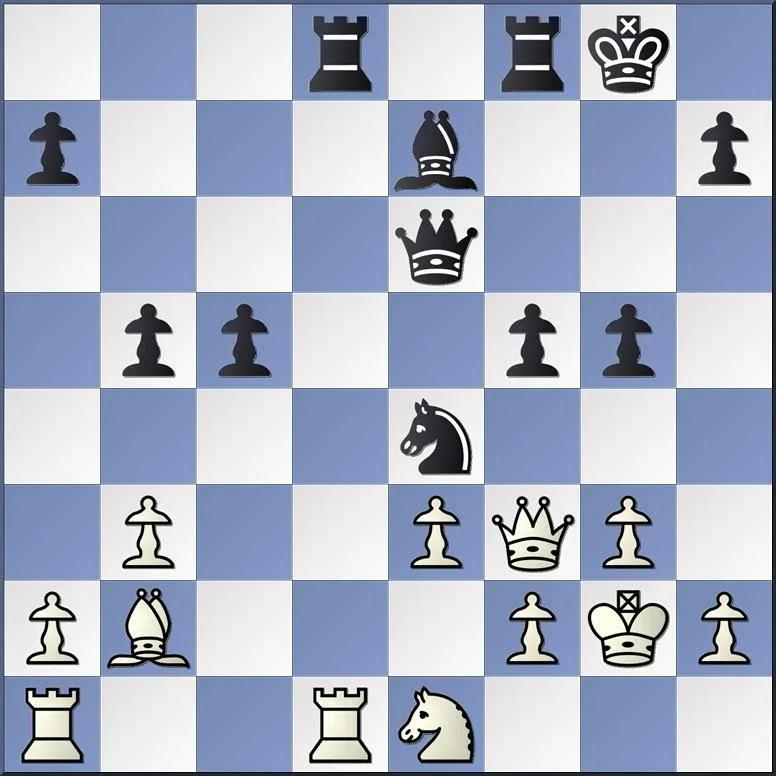
Black's best options were either 22 ... g4 or, first 22. ... c4, the idea behind both moves being that Black should continue trying to push White back. Instead, Ju gave Tan one more chance at equality by trading the dark-squared bishops with 22. ... Bf6. The next moves looked like they would lead to a drawish endgame, though Black still had to be slightly better because her pawn majority was further outside.
So, what is White's best way to play for a draw here?
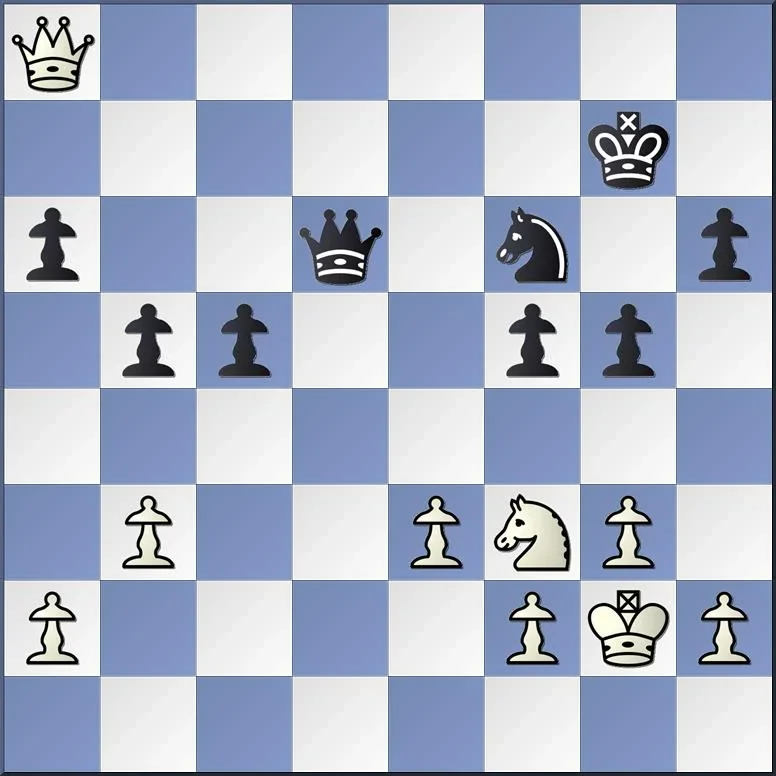
Tan erred with 31. h4??, when instead 31. a4! held the balance.
Of this position, I wrote that, "This was maybe a counterintuitive idea because we learn that we have to push the pawns on the side of the board where we have the majority, but as i always like to remind my students, we learn things a certain way and we have to be ready to unlearn them to apply our knowledge to each position in itself. We have to judge what we are given, not a rule that is given to us. Am I saying rules are meant to be broken? Possibly, but only with an important and very well thought reason. In this position, White cannot push e4, so the idea is we try to weaken Black's majority or stabilize it. Also, it is important to note, in the endgame, White cannot under any circumstance trade queens off the board as Black's queenside majority will give Black big chances to win."
After 31. h4, Ju was able to force the trades of the queens and converted the knight endgame soon after.
Comparing Tan's 12. Ne5 with her 31. h4, then, nicely illustrates the cruelty of chess. In the first case, she chose an energetic, risky reply rather than falling back on the principle of improving her worst-placed piece. But, in the second case, she avoided the anti-principled idea of pushing a pawn on the queenside, where she had fewer pawns. Her "principled" decision, however, gave her opponent the opportunity to reach a strategically winning position.
It's easy for us to say that we just should have (or should not have) followed our principles, but clearly there is no simple guide to when we should follow a principle. There is no substitute for calculation and evaluation of each position.
Read my annotations from rounds 5 and 6 in full below.
Also, keep an eye out for a recap video of the first half of the match, which will be posted in a few days to this playlist.
Categories
Archives
- December 2025 (5)
- November 2025 (29)
- October 2025 (39)
- September 2025 (27)
- August 2025 (29)
- July 2025 (43)
- June 2025 (25)
- May 2025 (24)
- April 2025 (29)
- March 2025 (29)
- February 2025 (20)
- January 2025 (24)
- December 2024 (34)
- November 2024 (18)
- October 2024 (35)
- September 2024 (23)
- August 2024 (27)
- July 2024 (44)
- June 2024 (27)
- May 2024 (31)
- April 2024 (51)
- March 2024 (34)
- February 2024 (25)
- January 2024 (26)
- December 2023 (29)
- November 2023 (26)
- October 2023 (37)
- September 2023 (27)
- August 2023 (37)
- July 2023 (47)
- June 2023 (33)
- May 2023 (37)
- April 2023 (45)
- March 2023 (37)
- February 2023 (28)
- January 2023 (31)
- December 2022 (23)
- November 2022 (32)
- October 2022 (31)
- September 2022 (19)
- August 2022 (39)
- July 2022 (32)
- June 2022 (35)
- May 2022 (21)
- April 2022 (31)
- March 2022 (33)
- February 2022 (21)
- January 2022 (27)
- December 2021 (36)
- November 2021 (34)
- October 2021 (25)
- September 2021 (25)
- August 2021 (41)
- July 2021 (36)
- June 2021 (29)
- May 2021 (29)
- April 2021 (31)
- March 2021 (33)
- February 2021 (28)
- January 2021 (29)
- December 2020 (38)
- November 2020 (40)
- October 2020 (41)
- September 2020 (35)
- August 2020 (38)
- July 2020 (36)
- June 2020 (46)
- May 2020 (42)
- April 2020 (37)
- March 2020 (60)
- February 2020 (38)
- January 2020 (45)
- December 2019 (34)
- November 2019 (35)
- October 2019 (42)
- September 2019 (45)
- August 2019 (56)
- July 2019 (44)
- June 2019 (35)
- May 2019 (40)
- April 2019 (48)
- March 2019 (61)
- February 2019 (39)
- January 2019 (30)
- December 2018 (29)
- November 2018 (51)
- October 2018 (45)
- September 2018 (29)
- August 2018 (49)
- July 2018 (35)
- June 2018 (31)
- May 2018 (39)
- April 2018 (31)
- March 2018 (26)
- February 2018 (33)
- January 2018 (30)
- December 2017 (26)
- November 2017 (24)
- October 2017 (30)
- September 2017 (30)
- August 2017 (31)
- July 2017 (28)
- June 2017 (32)
- May 2017 (26)
- April 2017 (37)
- March 2017 (28)
- February 2017 (30)
- January 2017 (27)
- December 2016 (29)
- November 2016 (24)
- October 2016 (32)
- September 2016 (31)
- August 2016 (27)
- July 2016 (24)
- June 2016 (26)
- May 2016 (19)
- April 2016 (30)
- March 2016 (36)
- February 2016 (28)
- January 2016 (32)
- December 2015 (26)
- November 2015 (23)
- October 2015 (16)
- September 2015 (28)
- August 2015 (28)
- July 2015 (6)
- June 2015 (1)
- May 2015 (2)
- April 2015 (1)
- February 2015 (3)
- January 2015 (1)
- December 2014 (1)
- July 2010 (1)
- October 1991 (1)
- August 1989 (1)
- January 1988 (1)
- December 1983 (1)









